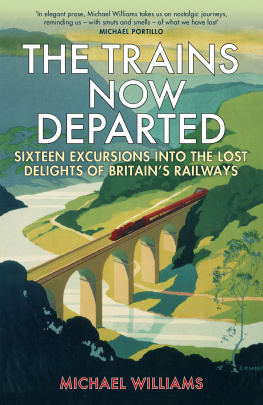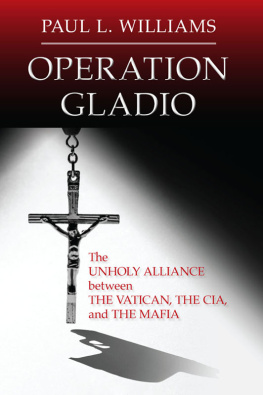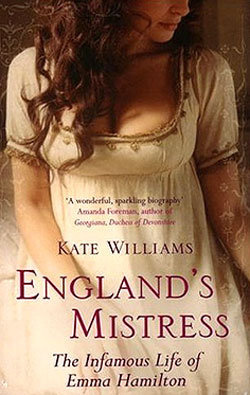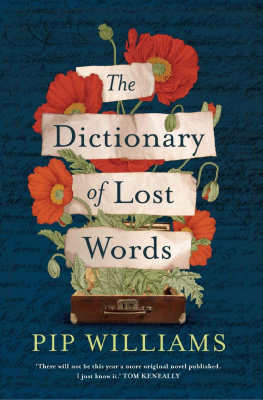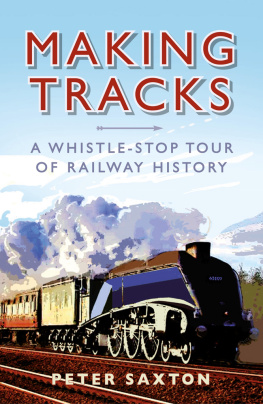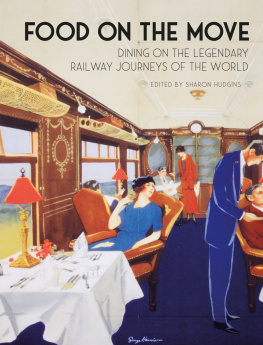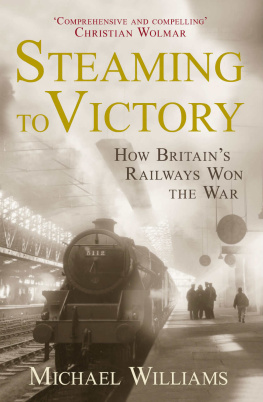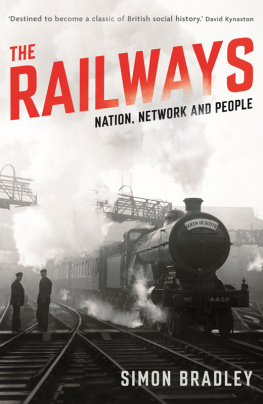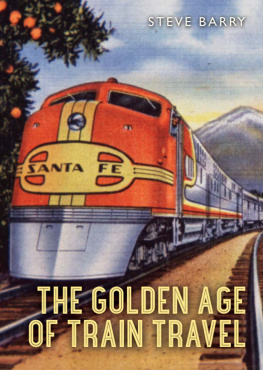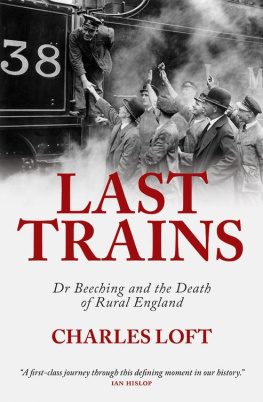Contents
The Slow and Dirty it may have been for some, but the old Somerset & Dorset remains, for its many devotees today, the most romantic and alluring of all the vanished lines of Britain. Did its origins in Glastonbury help weave the spell?
The exotic life and death of the Night Ferry from Victoria to the Continent, haunt of spies, diplomats, starlets and sultans. Even in todays Eurostar era, its memory stands proud as Britains only truly international train.
A saunter through Metro-land to the London Undergrounds farthest outpost. Its buried under weeds today, but once the Pullman trains ran from here, serving the most splendid of breakfasts to commuters up to Baker Street.
Beeching butchered the bleak Stainmore line over the Pennines, in its day the highest in England. But the old viaducts still stand tall, and the tales of the tough men who worked it live on as the stuff of legend.
The Flying Scotsman, the Cornish Riviera, the Coronation Scot such speed, such luxury! In days gone by almost every main line had its named expresses. These glamorous trains are a fast-receding memory in the corporate world of todays franchised railways.
Scousers knew it as The Dockers Umbrella. In its heyday the Liverpool Overhead Railway was a state-of-the art urban transit system; now it is just a memory on Merseyside. But its vision is emulated round the world.
The charms of the old Stratford-upon-Avon & Midland Junction Railway, meandering through the rural heart of England, were legendary. But dont try to get anywhere in a hurry on this, one of the slowest trains in the land.
Could there be anything creepier than a journey aboard a deserted train that runs just once a day through forgotten Yorkshire? Yet this zombie of the tracks opens a door into the mists of early railway history.
Who could forget the delightful little Lynton & Barnstaple narrow-gauge railway which once traversed Exmoor through the Switzerland of England? Certainly not the legions of enthusiasts who have never recovered from its closure more than eighty years ago.
So many of the fiery marvels of the steam age were lost for ever, sent prematurely for scrap. Let us mourn them, including Sir Nigel Gresleys Cock o the North, the Patriot, the mighty Big Bertha and the steam engine that thought it was a diesel.
Crisp tablecloths, silver service and six-course gourmet meals. The railway restaurant car was once the acme of civilised travel. Now, in a world ruled by the soggy bacon roll, it is all but vanished. But not quite
Thousands of miles of secondary railways once passed through the villages and hamlets of rural Britain. None was more typical than the Withered Arm, Betjemans favourite, running into the loveliest and loneliest reaches of Devon and Cornwall.
Victims of a barbarous age, the mighty cathedrals of steam such as Birminghams Snow Hill, Londons Broad Street and Euston, with its heroic Doric arch, fell cruelly to the wreckers ball. There were others, too, less famous but no less glorious. A journey among the ruins
The wacky world of the Shropshire & Montgomeryshire Light Railway, Britains most eccentric line, run by railway historys dottiest proprietor. Even Heath Robinson might have struggled to invent it
Pack your bags and load up those crates of ale for a railway excursion to the seaside. Today were heading for Blackpools Golden Mile. Tomorrow we could be making merry on a day trip to Scarborough, Morecambe, Bridlington or Bournemouth. Hurry, though. The tickets will soon be gone.
It was the most romantic and scenic line ever to be axed in Britain. The loss of the Waverley route from England through the Scottish Borders was the bitterest of the Beeching closures. But now, miraculously, the old line has risen from the ashes amid glorious scenery
About the Book
Sometimes you come across a lofty railway viaduct, marooned in the middle of a remote country landscape. Or a crumbling platform from some once-bustling junction buried under the buddleia. If you are lucky you might be able to follow some rusting tracks, or explore an old tunnel leading to ... well, who knows where? Listen hard. Is that the wind in the undergrowth? Or the spectre of a train from a golden era of the past panting up the embankment?
These are the ghosts of The Trains Now Departed. They are the railway lines, and services that ran on them that have disappeared and gone forever. A lost legacy of lines prematurely axed, as well as marvels of locomotive engineering sent to the scrapyard, and grand termini felled by the wreckers ball. Gone, too, are the vanished delights of train travel, such as haute cuisine in the dining car, the grand expresses with their evocative names, and continental boat trains to romantic far-off places. Such pleasures have all but vanished in our modern homogenised era of train travel.
The Trains Now Departed is a journey into the soul of our railways, summoning up a magic which, although mired in time, is fortunately not lost for ever.
About the Author
Michael Williams is the best-selling author of On the Slow Train, On the Slow Train Again and Steaming to Victory. He is a journalist, academic and author writing, blogging and broadcasting on railways and other subjects for many media outlets, including the Independent, the BBC, the Daily Mail, the Daily Telegraph and the New Statesman, as well as the specialist railway press. He is also a travel writer, having covered the world for a variety of publications. He lives with his family in Camden Town, not far from St Pancras Britains most splendid railway station.
Also by Michael Williams:
On the Slow Train
On the Slow Train Again
Steaming to Victory
For Melanie
The Trains Now Departed
Sixteen Excursions into the Lost Delights of Britains Railways
Michael Williams

Introduction:
The romance we lost
SOMETIMES YOU COME across a lofty railway viaduct marooned in the middle of a remote country landscape. Or a crumbling platform of some once-bustling junction buried under the buddleia. If you are lucky you might be able to follow some rusting tracks or explore an old tunnel leading to well, who knows where? Listen hard. Is that the wind in the undergrowth? Or the spectre of a train from a golden era of the past panting up the embankment?
These are the ghosts of the trains now departed lines prematurely axed often with gripping and colourful tales to tell, marvels of locomotive engineering prematurely sent to the scrapyard, and architecturally magnificent stations felled by the wreckers ball. Then there are the lost delights of train travel, such as haute cuisine in the dining car, the grand expresses with their evocative names, and continental boat trains to romantic far-off places. Such pleasures have all but vanished in our modern homogenised era of train travel.
But why should nostalgia be on anyones mind in this age of fast, state-of-the-art trains, which routinely whisk us efficiently all over the developed world at speeds of up to 200 mph. Is it merely fanciful and indulgent to summon up some lost age of the railways when more of us are choosing to use the rail network than at any time in history. Trains today, the mantra goes, are faster, more frequent and better than ever. Why bother about the past?

